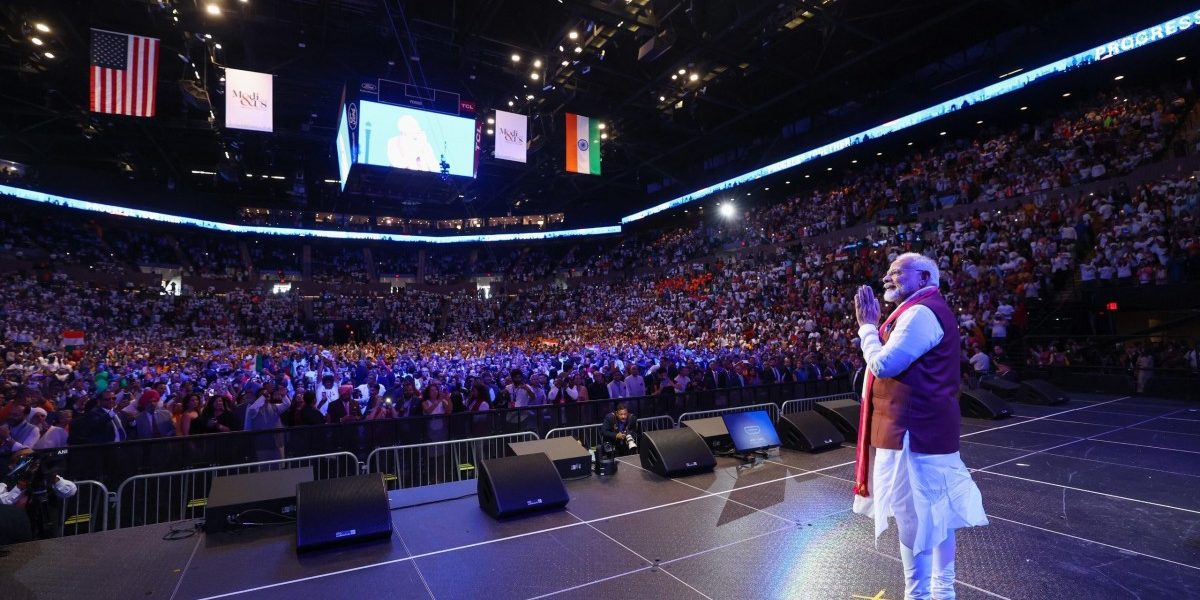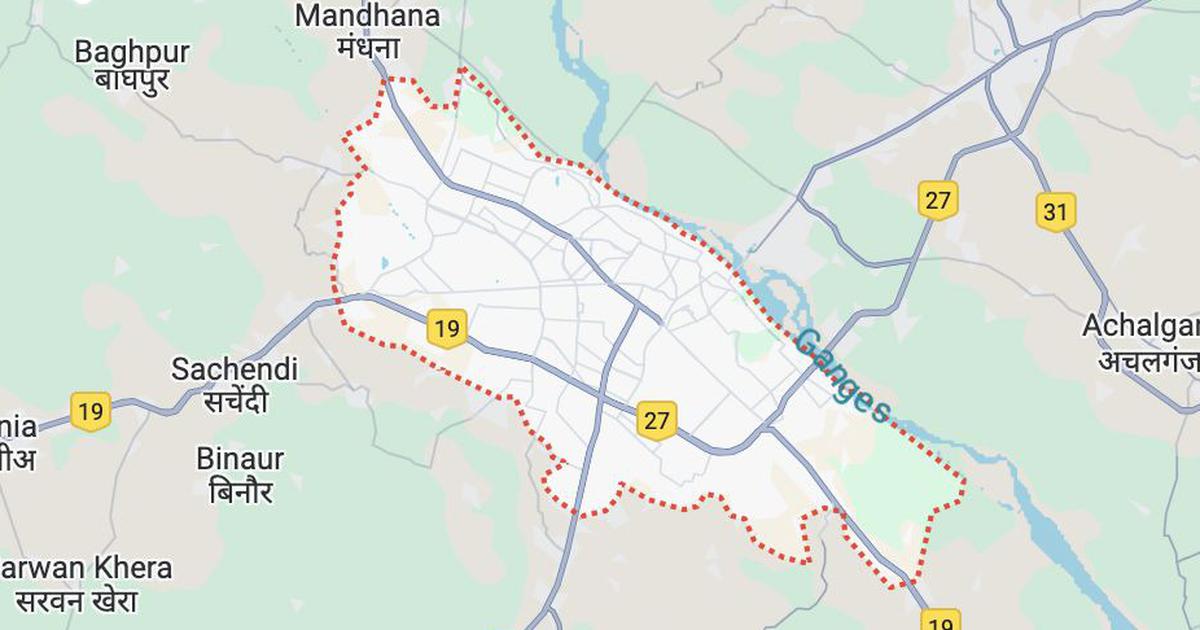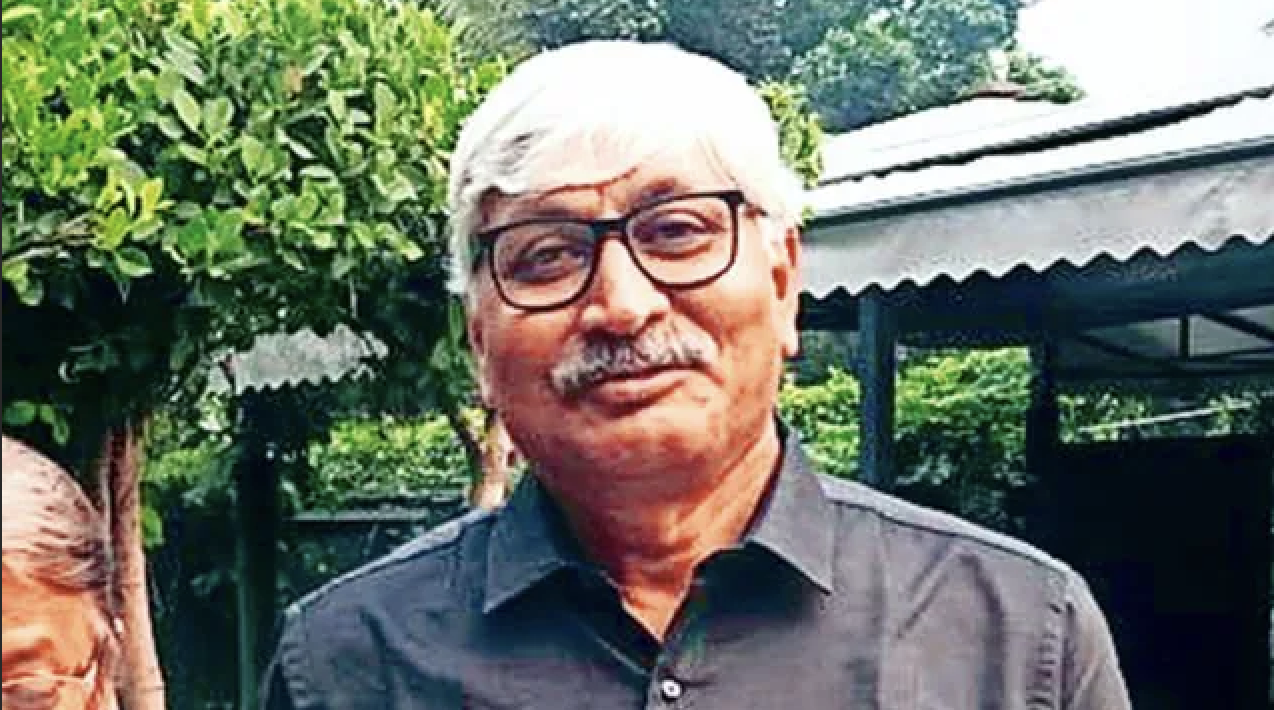
By Ashis Ray
The raison d’etre of official tours abroad by a head of government is to engage meaningfully with counterparts in national interest. Yet, the centrepiece of almost every foreign trip of Prime Minister Narendra Modi has been high-profile interactions with the Indian diaspora. This was once more the case during his US visit last month, with the quintessential pracharak revelling in his comfort zone at an arena in New York.
Such meetings are portrayed by Modi’s propaganda machine as a reflection of huge foreign policy successes and a testimony to his global popularity; and are dutifully reported likewise by a large section of the subservient media and the Hindutva brigade’s social media platforms to confound the uninitiated.
Although admittedly much amplified compared to the past, the phenomenon is not new. The Jana Sangh and the Bharatiya Janata Party’s (BJP’s) liaison with Hindu chauvinists abroad has a long history.
In a comprehensive compendium on the subject in Hindu Nationalism in the Indian Diaspora, Edward Anderson writes,
‘One year before (Indian) independence, and two years before the RSS’s ban following Mahatma Gandhi’s assassination by a Hindu extremist, (Jagdish) Shastri (a teacher at an Arya Samaj school in Amritsar) set sail from Bombay to Mombasa to take up his new post. Standing on the deck of the SS Vasna, one tempestuous evening in the middle of the Indian Ocean, he had a serendipitous encounter with another passenger – a Gujarati called Manek Lal Rughani. The meeting, memorialised by Shastri in his Memoirs of a Global Hindu, led to the first shakha (branch of the Rashtriya Swayamsevak Sangh or RSS) outside India.’
The RSS, of which the BJP is the political arm, was formed in 1925; but failed to make headway in an environment of exhilaration among Indians with the Indian National Congress’s stirring call for freedom from British rule. It, therefore, fanned out to Africa’s eastern coast in the 1940s, where it found settlers from the subcontinent to be more amenable to its mindset.
This story was originally published in thewire.in. Read the full story here.






